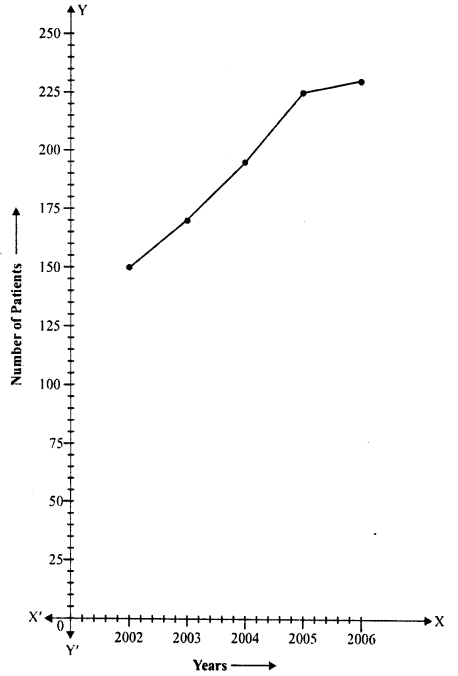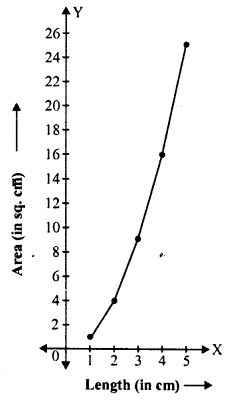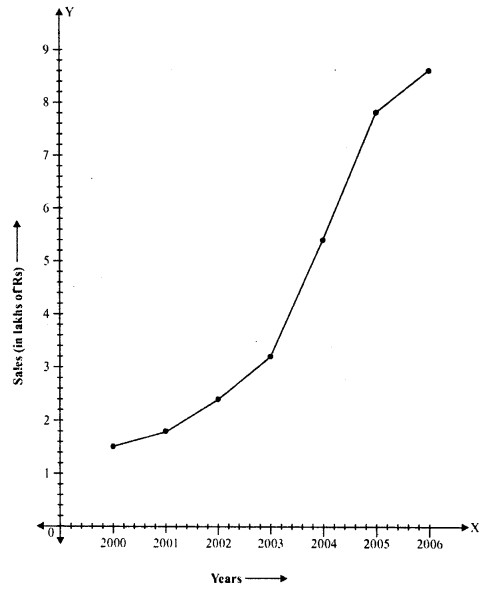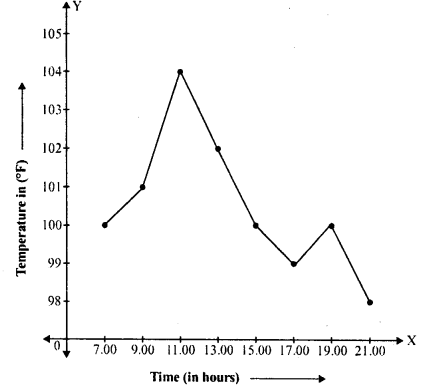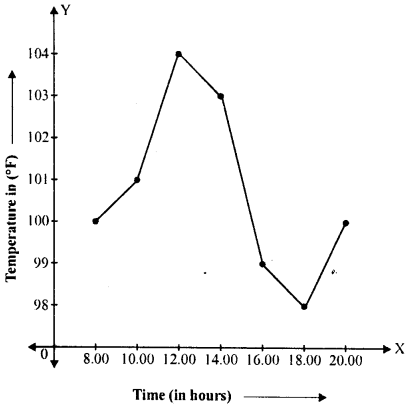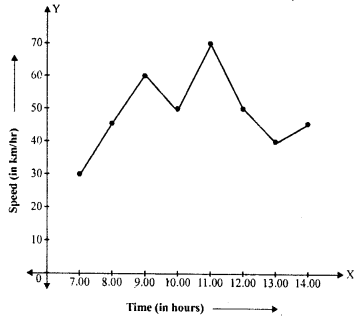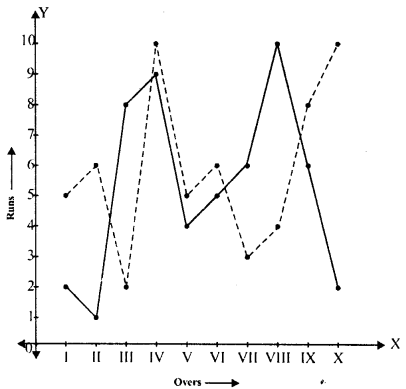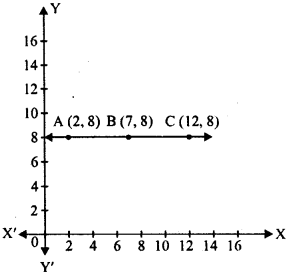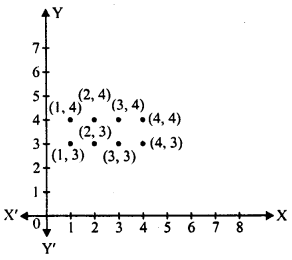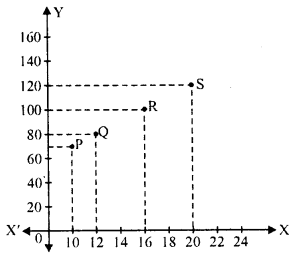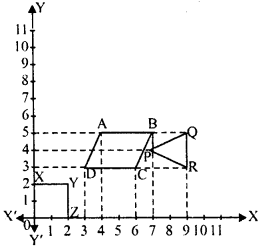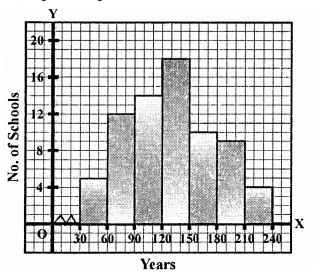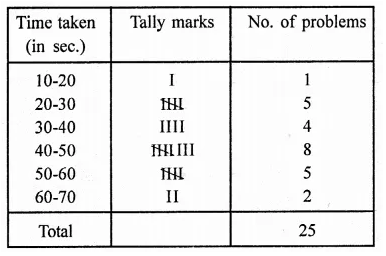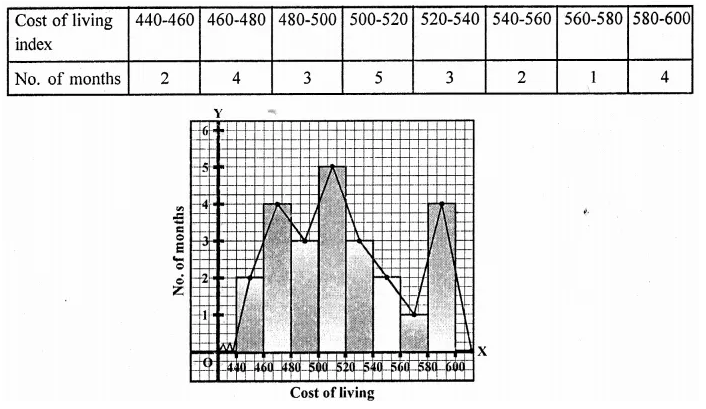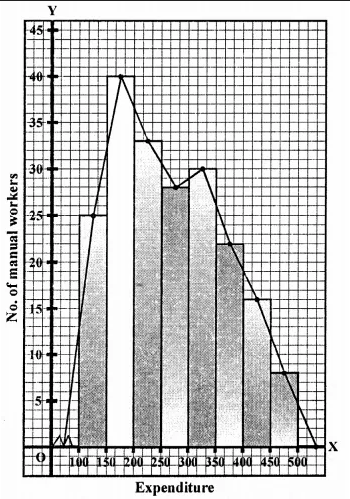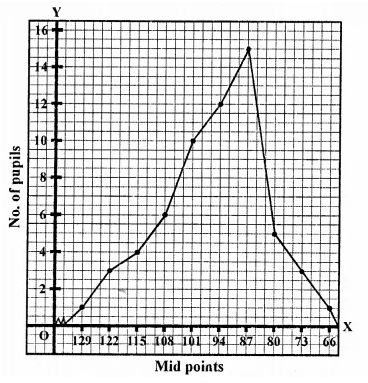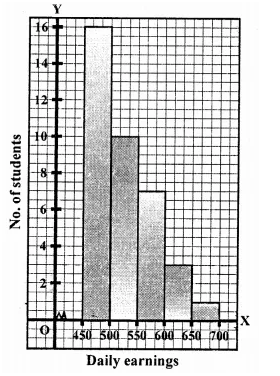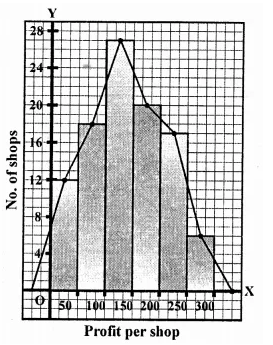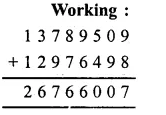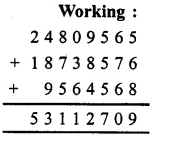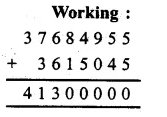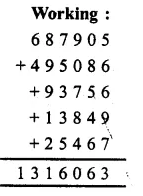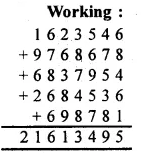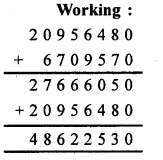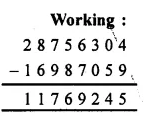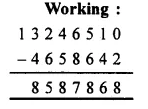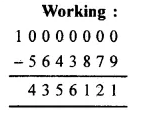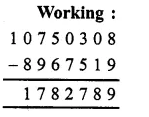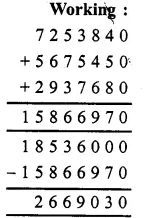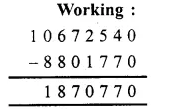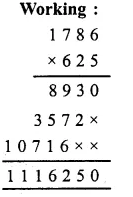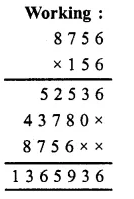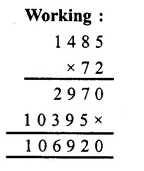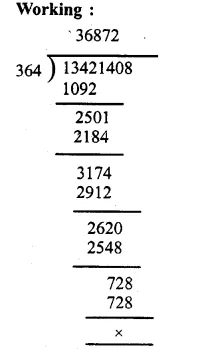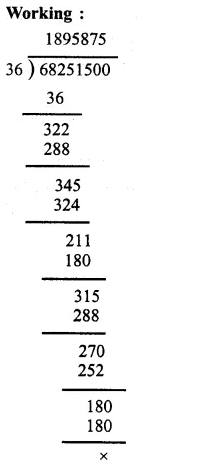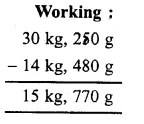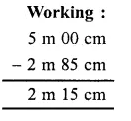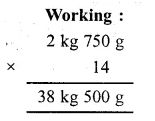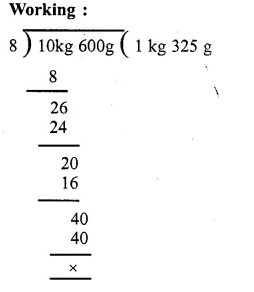RS Aggarwal Class 6 Solutions Chapter 2 Factors and Multiples Ex 2A
These Solutions are part of RS Aggarwal Solutions Class 6. Here we have given RS Aggarwal Solutions Class 6 Chapter 2 Factors and Multiples Ex 2A.
Other Exercises
- RS Aggarwal Solutions Class 6 Chapter 2 Factors and Multiples Ex 2A
- RS Aggarwal Solutions Class 6 Chapter 2 Factors and Multiples Ex 2B
- RS Aggarwal Solutions Class 6 Chapter 2 Factors and Multiples Ex 2C
- RS Aggarwal Solutions Class 6 Chapter 2 Factors and Multiples Ex 2D
- RS Aggarwal Solutions Class 6 Chapter 2 Factors and Multiples Ex 2E
- RS Aggarwal Solutions Class 6 Chapter 2 Factors and Multiples Ex 2F
Question 1.
Solution:
(i) A factor of a number is an exact divisor of that number.
Examples : 1. 2 is a factor of 8
2. 5 is a factor of 15
3. 9 is a factor of 27
4. 4 is a factor of 20
5. 3 is a factor of 12.
(ii) Multiple. A number is said to be a multiple of any of its factors.
Examples : 1. 15 is a multiple of 3
2. 8 is a multiple of 4
3. 10 is a multiple of 2
4. 25 is a multiple of 5
5.18 is a multiple of 9.
Question 2.
Solution:
(i) We know that
20 = 1 x 20, 20 = 2 x 10, 20 = 4 x 5
which shows that the numbers 1, 2, 4, 5, 10, 20 exactly divide 20.
1, 2, 4, 5, 10 and 20 are all factors of 20
(ii) We know that
36 = 1 x 36, 36 = 2 x 18, 36 = 3 x 12, 36 = 4 x 9, 36 = 6 x 6
This shows that each of the numbers 1, 2, 3, 4, 6, 9, 12, 18, 36 exactly divides 36.
1, 2, 3, 4, 6, 9, 12, 18, 36 are the factors of 36.
(iii) We know that
60 = 1 x 60, 60 = 2 x 30, 60 = 3 x 20, 60 = 4 x 15, 60 = 5 x 12, 60 = 6 x 10
This shows that each of the numbers 1, 2, 3, 4, 5, 6, 10, 12, 15, 20, 30, 60 exactly divides 60.
1, 2, 3, 4, 5, 6, 10, 12, 15, 20, 30, 60 are all the factors of 60.
(iv) We know that
75 = 1 x 73, 75 = 3 x 25, 75 = 5 x 15
This shows that each of the numbers 1, 3, 5, 15, 25, 75 exactly divides 75.
1, 3, 5, 15, 25, 75 are all the factors of 75.
Question 3.
Solution:
(i) First five multiples of 17 are :
17 x 1 = 17
17 x 2 = 34
17 x 3 = 51
17 x 4 = 68
17 x 5 = 85
(ii) First five multiples of 23 are :
23 x 1 = 23
23 x 2 = 46
23 x 3 = 69
23 x 4 = 92
23 x 5 = 115
(iii) First five multiples of 65 are :
65 x 1 = 65
65 x 2 = 130
65 x 3 = 195
65 x 4 = 260
65 x 5 = 325
(iv) First five multiples of 70 are :
70 x 1 = 70
70 x 2 = 140
70 x 3 = 210
70 x 4 = 280
70 x 5 = 350
Question 4.
Solution:
(i) 32 is a multiple of 2, so it is an even number.
(ii) 37 is not a multiple of 2, so it is an odd number.
(iii) 50 is a multiple of 2, so it is an even number.
(iv) 58 is a multiple of 2, so it is an even number.
(v) 69 is not a multiple of 2, so it is an odd number.
(vi) 144 is a multiple of 2, so it is an even number.
(vii) 321 is not a multiple of 2, so it is an odd number.
(viii) 253 is not a multiple of 2, so it is an odd number.
Question 5.
Solution:
Prime Numbers. Each of the numbers which has exactly two factors, namely 1 and itself, is called a prime number.
Examples. The numbers 2, 3, 5, 7, 11, 13, 17, 19, 23, 29 are all prime numbers.
Question 6.
Solution:
(i) Prime numbers between 10 and 40 are: 11, 13, 17, 19, 23, 29, 31, 37.
(ii) Prime numbers between 80 and 100 are : 83, 89, 97.
(iii) Prime numbers between 40 and 80 are : 41, 43, 47, 53, 59, 61, 67, 71, 73, 79
(iv) Prime numbers between 30 and 40 are : 31, 37.
Question 7.
Solution:
(i) 2 is the smallest prime number.
(ii) 2 is the only even prime number.
(iii) 3 is the smallest odd prime number.
Question 8.
Solution:
(i) We know that
87 = 1 x 87, 87 = 3 x 29
This shows that 1, 3, 29, 87 are the factors of 87.
The number 87 is not a prime number as it has more than 2 factors.
(ii) We have 89 = 1 x 89
The number 89 is a prime number as it has only 2 factors.
(iii) We have 63 = 1 x 63, 63 = 3 x 21,
63 = 7 x 9
This shows that the number 63 has more than 2 factors namely 1, 3, 7, 9, 21,63. So, it is not a prime number.
(iv) We have 91 = 1 x 91, 91 = 7 x 13 This shows that the number 91 has more than 2 factors namely 1, 7, 13, 91.
So, it is not a prime number.
Question 9.
Solution:
From the Sieve of Eratosthenes, we see that the seven consecutive numbers are 90, 91, 92, 93, 94, 95 and 96
Question 10.
Solution:
(i) There is no counting number having no factor at all.
(ii) The number 1 has exactly one factor.
(iii) The numbers between 1 and 100 having exactly three factors are : 4, 9, 25, 49.
Question 11.
Solution:
Composite Numbers. Numbers having more than two factors are called composite numbers. A composite number can be an odd number. The smallest odd composite number is 9.
Question 12.
Solution:
Twin-primes. Two consecutive odd prime numbers are known as twin- primes.
The prime numbers between 50 and 100 are:
53, 59, 61, 67, 71, 73, 79, 83, 89, 97
From above pairs of twin-primes are (59, 61), (71, 73)
Question 13.
Solution:
Co-primes. Two numbers are said to
be co-prime if they do not have a common factor.
Examples. Five pairs of co-primes are:
(i) 2, 3
(ii) 3, 4
(iii) 4, 5
(iv) 8, 15
(v) 9, 16
Co-primes are not always prime.
Illustration. In the pair (3, 4) of co-primes, 3 is a prime number whereas 4 is a composite number.
Question 14.
Solution:
(i) 36 = 7 + 29
(ii) 42 = 5 + 37
(iii) 84= 17 + 67
(iv) 98 = 19 + 79
Question 15.
Solution:
(i) 31 = 5 + 7 + 19
(ii) 35 = 5 + 7 + 23
(iii) 49 = 3 + 5 + 41
(iv) 63 = 7+ 13 +43
Question 16.
Solution:
(i) 36 = 17 + 19
(ii) 84 = 41 + 43
(iii) 120 = 59 + 61
(iv) 144 = 71+73
Question 17.
Solution:
(i) to (iv). None of the given statements is true.
Hope given RS Aggarwal Solutions Class 6 Chapter 2 Factors and Multiples Ex 2A are helpful to complete your math homework.
If you have any doubts, please comment below. Learn Insta try to provide online math tutoring for you.

